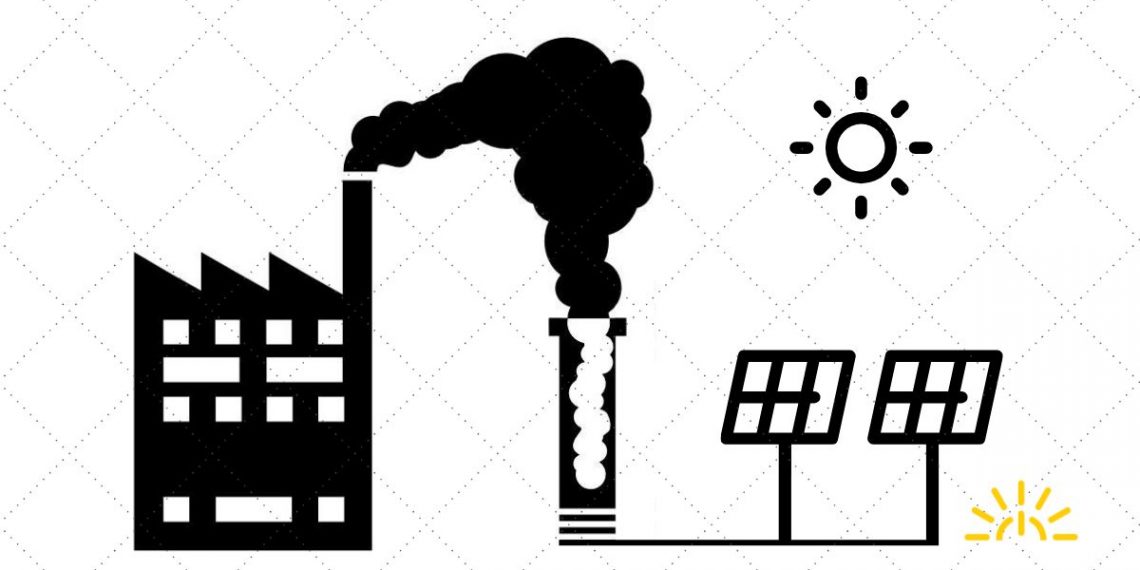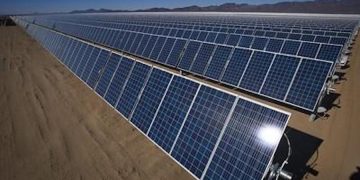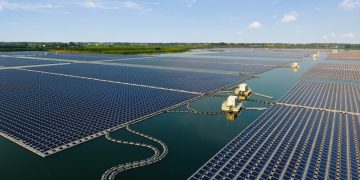Jaeson Cardiff, CEO and Co-Founder of CleanO2 Cabon Capture Technologies has been at the forefront of carbon capture and storage (CCS) and sees an opportunity for solar integration to increase the value proposition of CCS.
When it comes to climate change mitigation, there are two strategies: prevention and adaptation. The preventative and adaptive solutions regarding CO2 emissions in energy systems are switching to renewable energy sources and reducing the CO2 emissions of current, non-renewable sources, respectively.
For corporate sustainability program managers, choosing a strategy of how to offset CO2 emissions at various scopes is a tough battle. They need a simple solution. Solar energy procurement is a preventative solution they are actively pursuing. CCS is an adaptive solution being considered but rarely adopted, to reduce the CO2 of energy-intensive processes.
Why is CCS so behind its renewable counterparts? CCS can actually be a net carbon emitter! CCS systems are energy-intensive and may use non-renewable energy to power themselves. For the technology to be adopted, it needs to be more efficient and powered by clean energy so that the CO2 budget isn’t unbalanced.
For these reasons, CCS has received some criticism from people like
Micheal Barnard, Chief Strategist at
TFIE Strategy. Barnard claims CCS is inefficient at CO2 displacement with the argument that “Wind & solar are displacing roughly 35 times as much CO2 every year as the complete global history of CCS.â€
Stanford University Professor,
Mark Jacobson, agrees. Published in the Journal of Energy and Environmental Science, he concluded that carbon capture technologies are inefficient at pulling out carbon and often increase local air pollution from the power required to run them.
History has proved inefficiencies can be reduced with innovation. The real problem is that many CCS systems are powered by fossil fuel energy, increasing their carbon footprint.
“In British Columbia, the majority of the power comes from hydroelectric so the upstream footprint is quite small. In Alberta, the footprint will be larger due to the fact that most of our power comes from coal. It would be great if a system could be powered by PV.”
Jaeson Cardiff, CEO and Co-Founder of CleanO2
The efforts to use clean power and to pull CO2 out of our atmosphere have historically been siloed into separate efforts and there is a need for these efforts to be coupled. With proper execution, both technologies could benefit.
Alan Hatton, co-director of the
MIT’s Low-Carbon Energy Center Initiative for Carbon Capture, Utilization, and Storage, focused on powering CCS systems with solar energy. “We wondered if we could get by with using only a renewable resource — like renewable sourced electricity — rather than heat or pressure.â€
He and
Sahag Voskian concluded electro-swing system could also be teamed up with renewable sources, such as solar and even rooftop solar panels, and drive high efficacy rates.
Mohammad Saghafifar and
Samuel Gabra of the
University of Cambridge also found solar thermal systems (like those we covered
here) can help support the energy consumption of CCS systems.
As of now, the global carbon capture and storage market size is valued at $4.96B and is anticipated to grow at a CAGR of 11.5% (
Polaris, 2020). Coupled with solar systems, the projections could be much higher and the impact much greater.
Companies currently leading these efforts are
CleanO2,
Hypergiant,
Carbon Engineering. Each has an industry focus and different system design. Without a clear leader, there is still an opportunity for new systems supported by solar to take the stage.
Most importantly, companies and corporate sustainability managers share the desire to decarbonize. When it comes to the competition of the space, Jaeson Cardiff says, “One of the things I really enjoy about the carbon capture space is the open level of collaboration and the only competition is to have the biggest impact on GHG reductions.â€
The takeaway: there are strategic partnership opportunities for CCS companies + solar installation companies, especially at the C&I scale.
CleanO2 is close to closing in $1M Series A and is seeking additional strategic investors to close out the round in exchange for common shares. The offer is based on a CAD$4M company valuation.
If you are a solar EPC or cleantech investor and would like to be introduced to Jaeson and the team, please reach out to the author, Corbin Kehrberg (corbin@solarpowerinvestorllc.com), with an inquiry.Â










Thanks for allowing us to be a part of the story regarding the decarbonization of the heating industry.